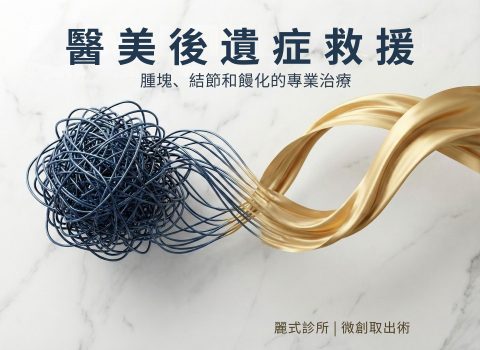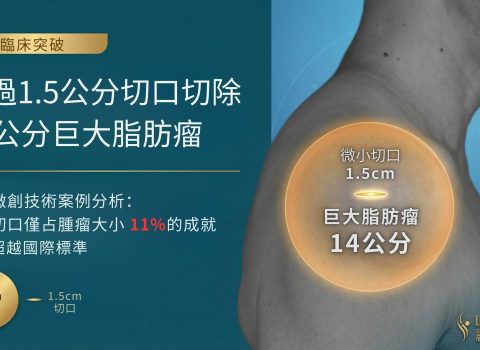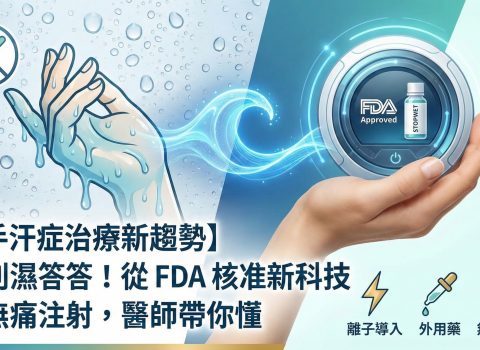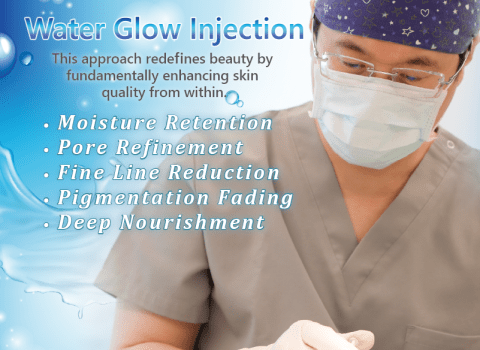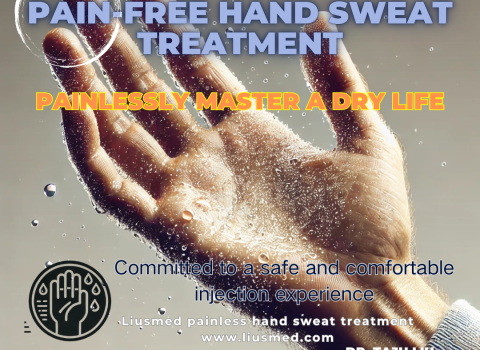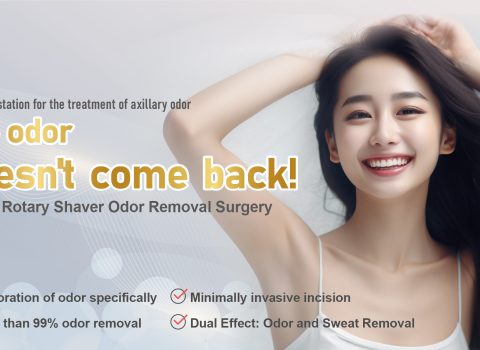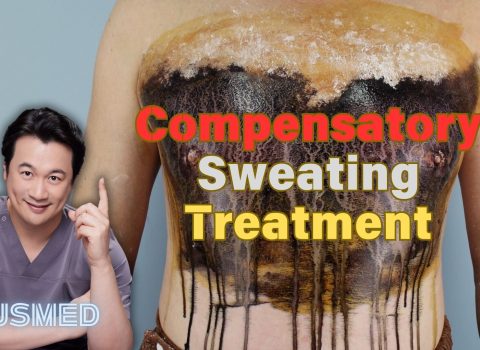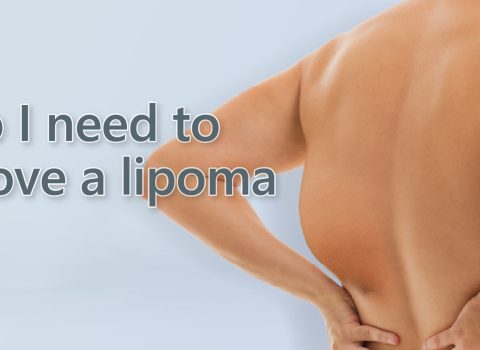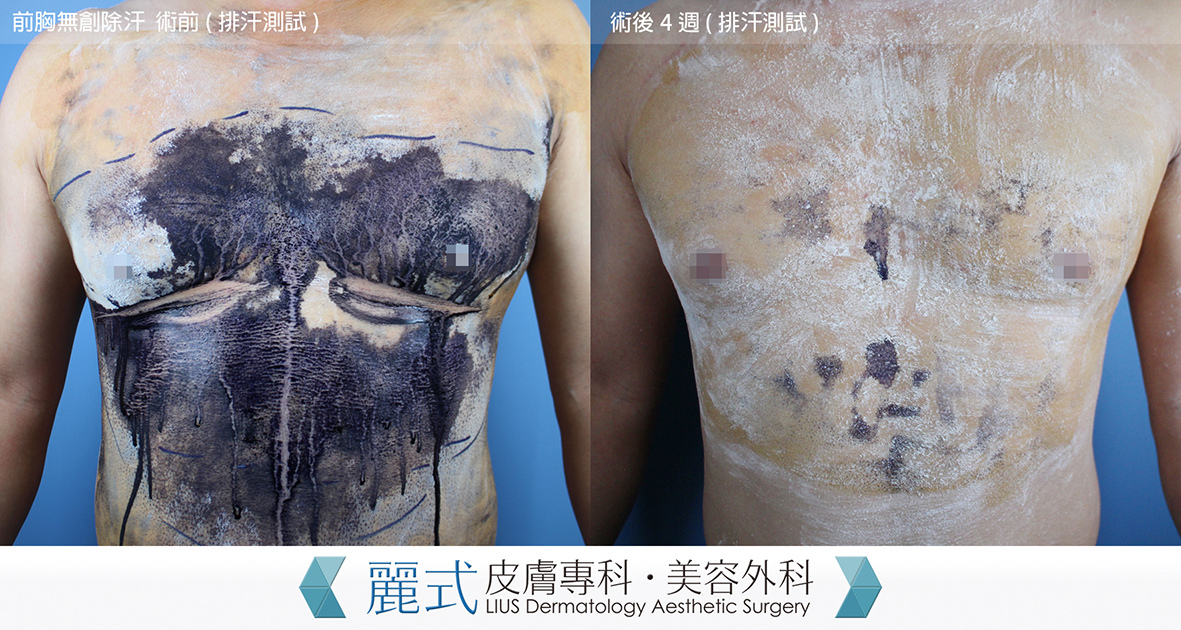
<< 免責聲明:療程效果因人而異,請向醫師諮詢 >>
(Chest wall /abdomen Compensatory Sweating / Hyperhidrosis after ETS, 70-80% sweat reduction after only 1 heat thermolysis treatment)
With ETS there are several possible side effects. Compensatory sweating (compensatory hyperhidrosis or reflex sweating) is the most bothersome. Compensatory Sweating / Hyperhidrosis is experienced as excessive sweating on the back, abdomen, thighs, and/or lower legs. This should be expected to a certain degree in all patients, and it ranges from mild to severe. Most patients will develop mild to moderate Compensatory Sweating / Hyperhidrosis which is much preferable over the sweaty hands they had prior to the surgery. Since compensatory sweating is the most common side effect more should be known about it and what is being done to improve upon it. Severe Compensatory Sweating / Hyperhidrosis can be defined as very troublesome especially when it soaks through the clothing. It is a difficult situation especially in hot humid summer days. So far we have found a safe way to reduce the severity of compensatory sweating / hyperhidrosis without making new compensatory sites: The noninvasive selective partial ablation of sweat glands by heat thermolysis.
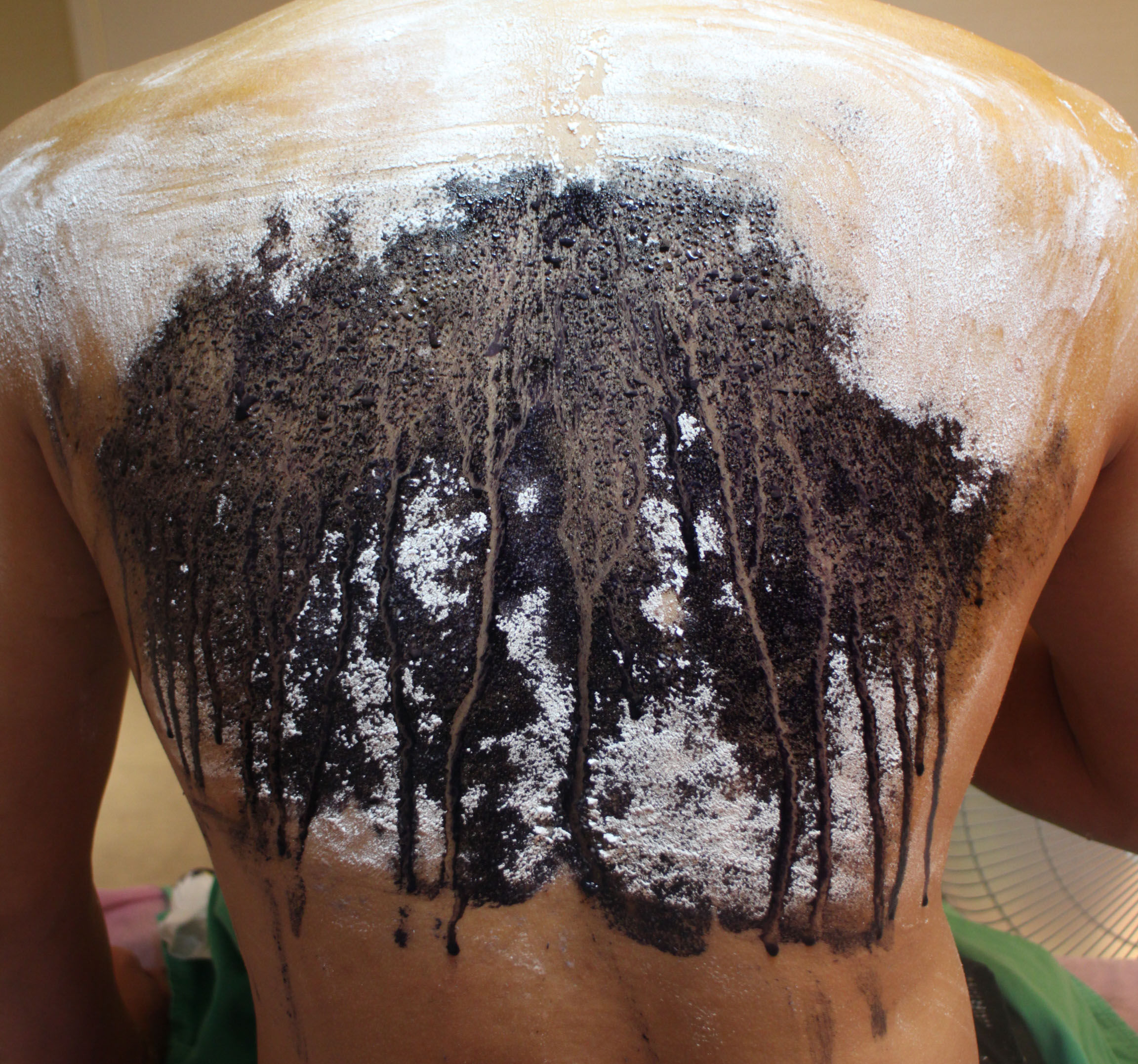
(Back compensatory sweating / hyperhidrosis after ETS)
Miss Chen had her ETS 15 years ago, and this is her feedback for the compensatory sweating / hyperhidrosis condition she’s experiencing currently.
“I had my ETS done 15 years ago, ever since then I was troubled by compensatory sweating / hyperhidrosis. It seems like the condition is getting worse and worse every year. I am 33 years old, because of menstrual issues I had not been able to conceive since my marriage 7 years ago. For that reason, I started my herbal medication last September. After I had the herbal treatment, the condition has worsen. Not only that I don’t feel cold during winter, when the season just passed I begin to feel hot daily. While everyone still have jacket and coats on, I was wearing t-shirt and sweating. I can’t imagine how I would survive the summer. Please help and advise.”
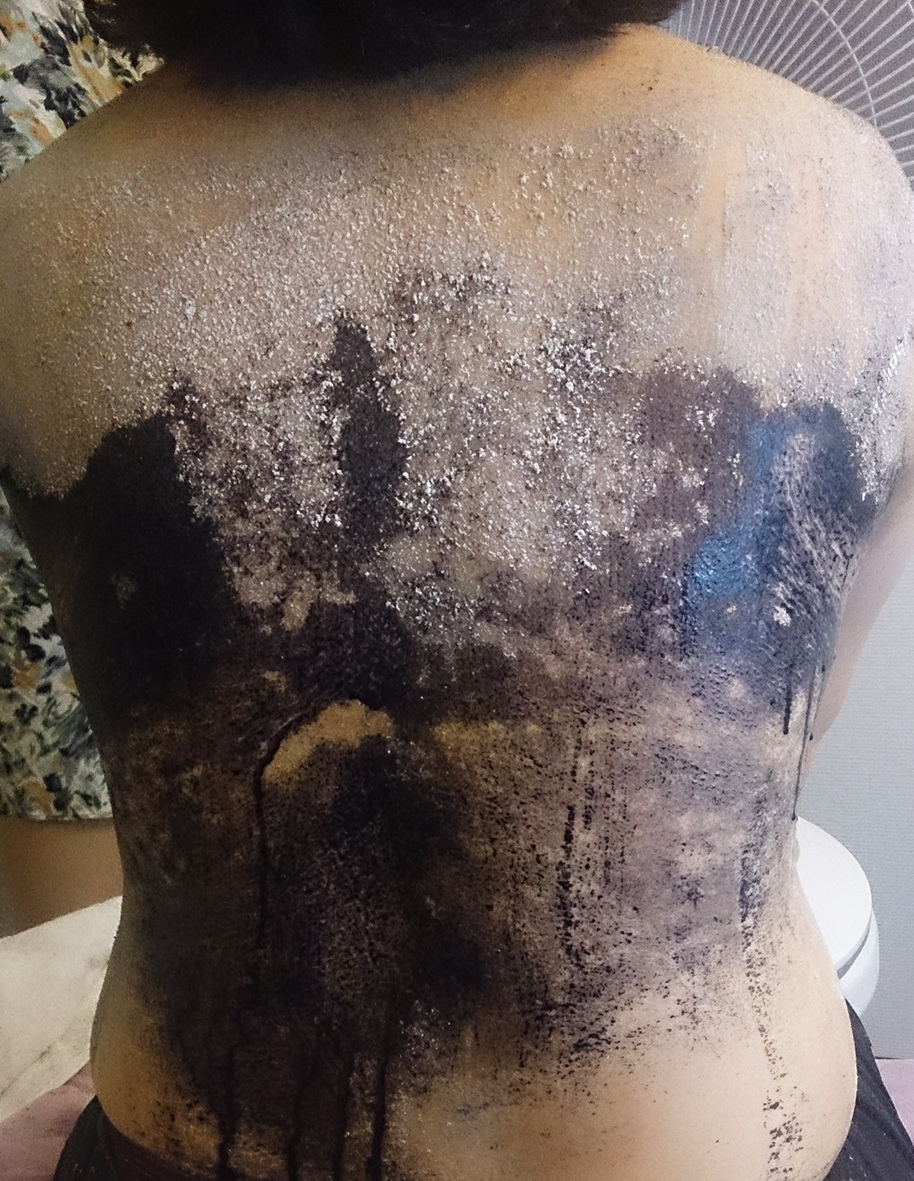
Miss Wu, ETS done 5th year
“I had my ETS done 5 years ago, the surgery was successful and after recovery I did lose a lot of the symptoms. But starting on my 3rd year, I begin to sweat through out the body. Even though it was not as bad as before, but my palms are sweating a lot too. Also my hands and feet are sensitive now compare to before, I felt cold easy. When the weather start turning cold, these symptoms worries me a lot. Please provide a solution for me.”
What is the cause of compensatory sweating / hyperhidrosis?
The sympathetic nerve controls our sweating, it tells the body to sweat in order to regulate body temperature. When we exercise, our body temperature rises, then our body sweat to lower the body temperature. Regulating the body towards the perfect temperature of 36 degree. The reason why hyperhidrosis exist is because of the sensitivity of sympathetic nerve. A normal person would sweat under heavy exercise, but patients would sweat while they walk. A normal person would sweat under hot weather around 31, 32 degrees, but patients would sweat well below that temperature. thus causing a lot of inconveniences in daily life.
ETS is a common surgery done on patients with sweaty hands since it causes a lot of discomfort and problems with socializing. The surgery is done with incapacitating the sympathetic nerve root near the patients’ spine. The treatment would successfully stop palm sweating, but it induces compensatory sweating on other parts of the body causing other discomfort to the patient. Over 66% of the patients would have compensatory sweating / hyperhidrosis after a successful ETS, and it’s often mark by worsen symptoms causing more problems to life than prior surgery.
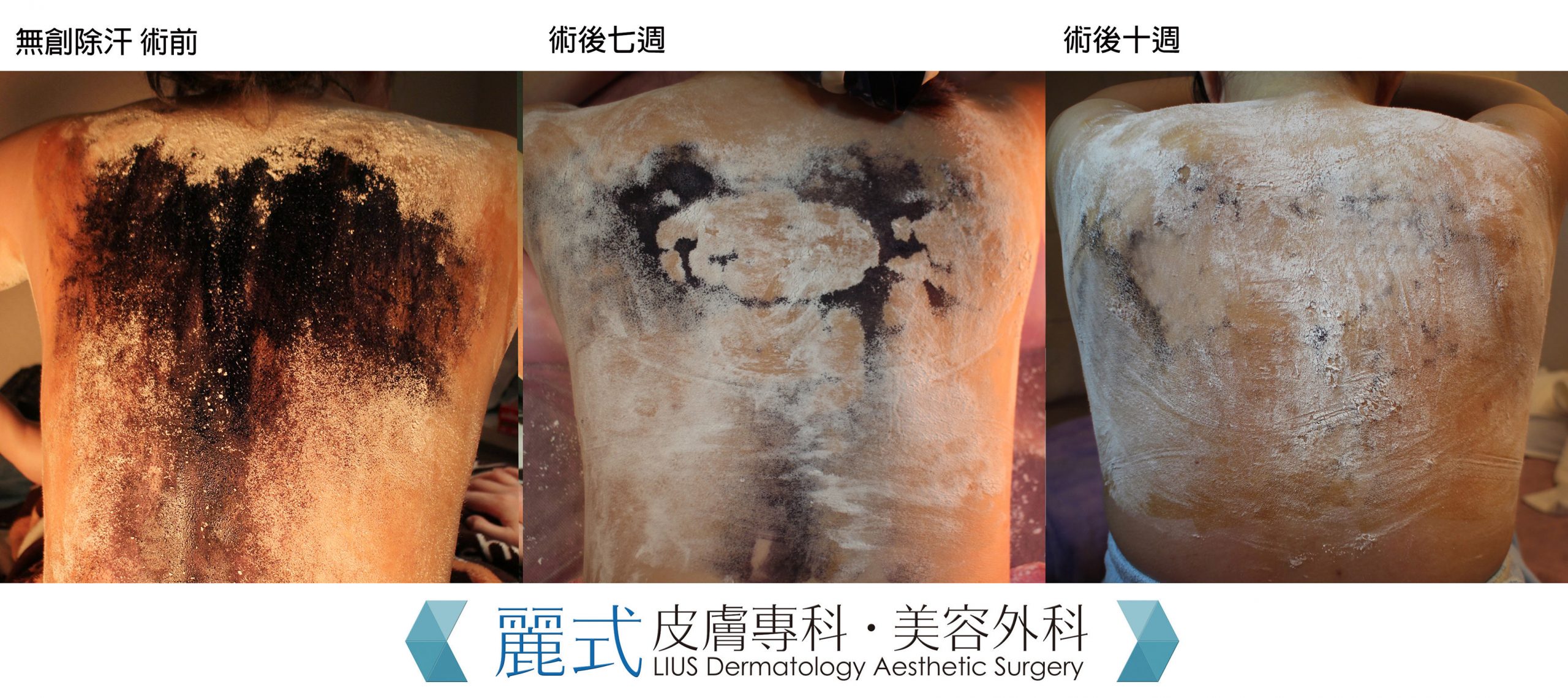
(Back compensatory hyperhidrosis after ETS, 70-80% sweat reduction after only 1 heat thermolysis treatment)
<< 免責聲明:療程效果因人而異,不保證結果絕對相同 >>
Distinguishing features of The noninvasive partial ablation of sweat glands by heat thermolysis:
1. No more compensatory sweating side effect.
Our noninvasive partial ablation of sweat glands treatment focuses on body parts for effectively stopping hyperhidrosis. Using heat energy to atrophy the sweat glands just below the epidermis, rather than incapacitating the nerve system, shows in our study a result that would not produce the compensatory sweating / hyperhidrosis side effects. It is not a surgery.
2. Non-scaring, enduring treatment
With the latest technology, the new noninvasive selective partial ablation of sweat glands treatment only takes about 4 hours. The three major breakthroughs are: it’s non-invasive; the effects are permanent; and high success rate. Patients no longer need to bare with scars from post-op and a long recovery time. Once the sweat glands has been destroyed, the effects are permanent.
3. Economical
Prior compensatory hyperhidrosis treatment requires many toxin shots, and mostly effective for only half a year; therefore it can add up the bills in time. The new treatment we provide is permanent, thus saves money in the long run.
4. Proven effective for chest/back hyperhidrosis.
Most clinical cases of compensatory sweating / hyperhidrosis appears commonly on the chest/back area. 90% of the patients has up to 70-80% reduction on sweating after treatment.
Chinese Version of This page: https://blog.liusmed.com/173/
中文版網頁: https://blog.liusmed.com/173/
For consultation and reservation, please visit the facebook and leave message on my page.
https://www.facebook.com/drlius2013
Or Email me: tatsuju@gmail.com
Different Language Versions 不同語言版本:
中文Chinese:https://youtu.be/rHlz51uG8iU
英文English:https://youtu.be/OjecEnWSHfE
韓文한국어:https://youtu.be/OC5r-Y0WIRA
日本語:https://youtu.be/O-8w3m9K-yY
西斑牙文español:https://youtu.be/NKWO3aNQTsw
阿拉伯文العربية:https://youtu.be/28NB1sDWxNg
